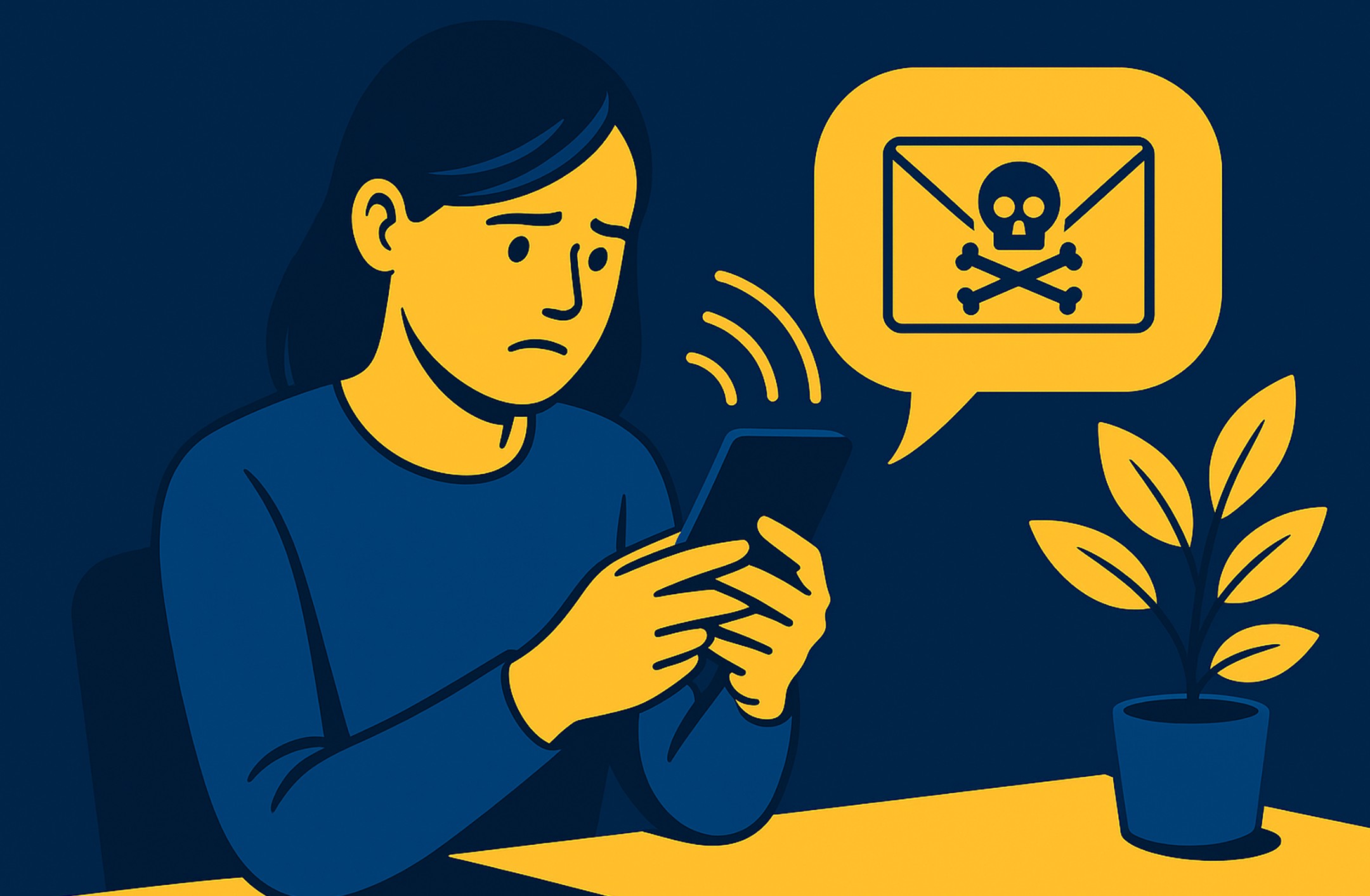Shawn Freeman
CEO

Think your devices are safe from hackers? Discover 6 ways your data can be compromised without your device being hacked and learn how to protect yourself effectively.
Think your data is safe just because your devices are secure? Think again. While we often picture hacking as a sinister cybercriminal breaking directly into our accounts or devices, the reality is that you can become a victim without your personal systems ever being compromised.
In today’s interconnected world, your information can be exploited or mishandled in various indirect ways, putting your privacy, finances, and identity at risk. Let’s explore seven ways this can happen- and what you can do to protect yourself.
Data breaches are one of the most common ways your information can be exposed. Even if you take great care to protect your own data, companies you trust may not be as secure. When these companies get hacked, your sensitive information can end up in the hands of cybercriminals.
How It Happens:
Real-Life Example: The 2017 Equifax breach exposed the personal data of over 147 million people, including names, birthdates, and Social Security numbers. Many victims experienced identity theft and financial fraud as a result. Learn more about the 2017 Equifax breach and how it impacted millions.
Prevention Tips:
SIM swapping, or phone porting, is a terrifying way to get hacked without any breach of your devices. In these attacks, hackers manipulate your mobile carrier into transferring your phone number to a SIM card they control. With your phone number, they can intercept calls and SMS messages, including 2FA codes.
How It Happens:
Real-Life Example: High-profile cryptocurrency investors have lost millions when SIM swapping attacks allowed hackers to access and drain their accounts.
Prevention Tips:
Social engineering is the practice of manipulating people into giving away confidential information. Hackers often use impersonation and psychological tactics to trick you, rather than breaking into your systems.
How It Happens:
Real-Life Example: You receive an email that looks like it’s from your boss, urgently asking you to send over confidential company data or make a financial transfer. If you comply, the hacker gets what they want without hacking your account.
Prevention Tips:
Hackers don’t just try to manipulate you—they may impersonate you to exploit your customers, vendors, or business contacts. These sophisticated schemes can cause financial loss, tarnish your reputation, and ruin trusted relationships.
How It Happens:
Real-Life Example: A small business owner discovers that clients have been paying invoices to a hacker’s bank account after receiving emails from a domain like “youcompany.com” instead of “yourcompany.com.”
Prevention Tips:
Public Wi-Fi can be a goldmine for hackers. Even if your devices are secure, connecting to an unsecured network can expose your online activity. Hackers can use “man-in-the-middle” attacks or set up fake Wi-Fi networks to intercept your data.
How It Happens:
Real-Life Example: A hacker sets up a fake Wi-Fi network at your favorite coffee shop. When you connect, they can monitor your data, capturing passwords and other sensitive information.
Prevention Tips:
Even if you’re vigilant about cybersecurity, your friends and contacts could be the weak link. Hackers often use compromised accounts to spread malware or phishing links.
How It Happens:
Real-Life Example: You get a Facebook message from a friend saying, “Check out this video of you!” with a suspicious link. Clicking the link could lead to malware installation or a phishing page that steals your login information.
Prevention Tips:
Hackers use a tactic called credential stuffing to exploit the fact that many people reuse passwords across multiple sites. They take stolen login details from data breaches and try them on other platforms.
How It Happens:
Real-Life Example: If you use the same password for both your online banking and a social media account that was breached, hackers could gain access to your bank account without hacking it directly.
Prevention Tips:
In today’s digital world, getting “hacked without getting hacked” is a genuine threat. Even if your devices and accounts are secure, data breaches, social engineering, domain impersonation, and other indirect methods can still compromise your privacy and security.
By understanding these risks and taking proactive steps—like using strong passwords, setting up 2FA, monitoring for typo-squatting domains, and being cautious on public Wi-Fi—you can significantly reduce your vulnerability to cybercrime.
Want to help your friends and family stay secure too? Share this article and spread awareness about these hidden hacking methods. A little extra caution goes a long way in protecting our interconnected digital lives!
See exactly how your current IT setup measures up to our Hack Free standards. Enter your business email to receive: